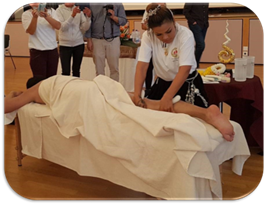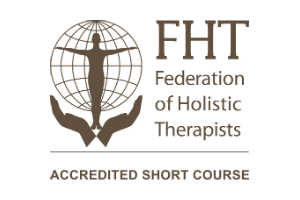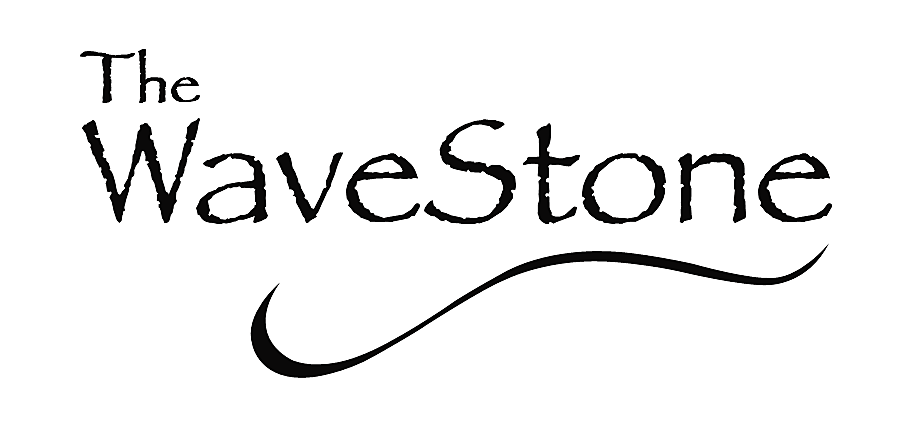Asian / Thai Massage


Thai massage draws significant influence from India’s ancient Ayurvedic customs of medical exercise. Ayurvedic medicine, also an alternative form of treatment, performs an important role in the concept of both Hinduism and Therevada Buddhism. Priests and similar practitioners of treatment passed on Ayurvedic techniques to Thailand some 2,500 years ago.
Unlike Western massage styles, the Thai Massage concentrates on circulation and stress points, promoting inner health as well as muscle versatility. Treatment often starts with the lower half of the body and progressively goes up-wards towards the head. The body is carefully organised into four roles (face-down, face-up, side, and seated position), which allows the therapist to perform a variety of workouts that would be otherwise be unworkable.
In both Eastern and Western treatment systems, the concept of maintaining balance or equilibrium is regarded crucial to great wellness. ‘Sen’ are regarded as passages for power and correspond with veins in our bodies. Traditional Thai treatment practices suggest that when the ‘Sen’ become obstructed, power grows flat and our bodies drops its stability, leading to a range of ailments. Thai massage acts as an external stimulant to produce specific internal effects within our bodies, both freeing energy from obstruction and preserving wellness insurance harmony.
Because of its emphasis on body work, joint release, and relaxation, Thai massage is often considered and comparable to yoga exercises.
